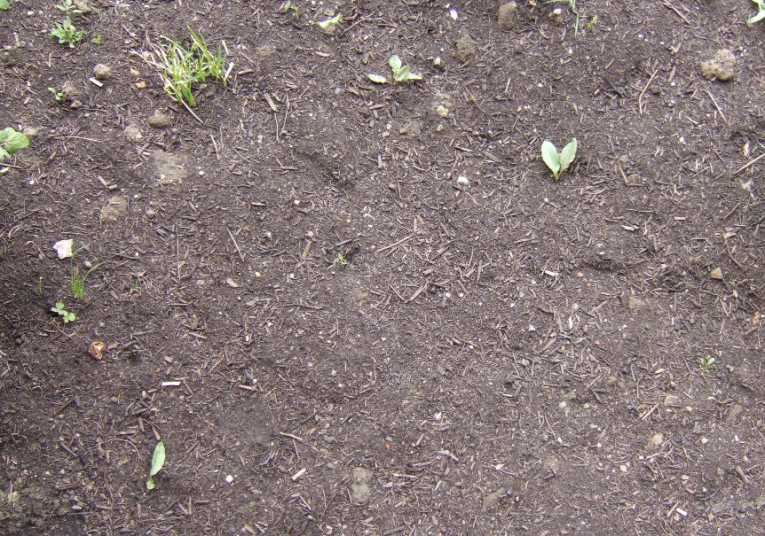Soil damaged by pollution spills that include heavy metal can take many years to recover. On 25 April 1998, a tailings dam of the Los Frailes lead-zinc mine at Aznalcollar near the Spanish town of Seville suddenly failed and released 4-5 million cubic meters of toxic tailings slurries and liquid into nearby Rio Agrio, a tributary to Rio Guadiamar. The slurry wave covered several thousand hectares of farmland and threatened the Donana National Park, a UN World Heritage Area.
Scientists from the Spanish National Museum of Natural Science have recently been studying microscopic soil worms (nematodes) in the area. These worms are a useful indicator of the biological nature of soil.
The study has confirmed the ''enormous'' impact of heavy metal pollution on soil, but as a result of their study scientists have concluded that after twelve years the soil has recovered ''reasonably well''.
An immediate effect of the Aznalcollar spillage in 1998 was the killing of several species in the soil, with some nematodes disappearing within the first few months. Alphonso Navas, the main author of the Spanish study reported that although the abundance and diversity of these animals was affected immediately, in the long term the nematodes did not suffer any irreparable damage.
However, after samples were taken from polluted and unpolluted areas and compared, the diversity and maturity of nematodes was found to be significantly lower in the polluted area than in the unpolluted area. Nickel and copper appeared to be the most toxic metals to the nematode community.
''The issue is not whether or not the nematodes disappear,'' said Alphonso Navas, ''but whether the nematode fauna, which plays a biological role and recycles organic matter, has suffered damage and whether the soil has felt the effects of the spill. It could take tens of years for the soil to recover.''
One of the problems is that spillages of this type affect the soil structure. Even though soil can recover in the long term, the immediate function of micro fauna is altered for decades, especially since the majority of such spillages are coupled with heavy metal pollution.
The study will be very useful in predicting the long-term effects of the spillage that occurred in Hungary last October. This was a spillage of red mud with toxic material from an aluminium holding pond in the city of Kolontar to the west of Budapest. The immediate consequences were the destruction of houses and crops, and the loss of ten lives.
The spillage covered 4000 hectares and eventually reached the Danube basin, an area renowned for its fertile soils. The fear now is that it will not be possible to grow crops for a very long time.
Alphonso Navas believes that the Hungarians can learn from the Spanish experience. Heavy metal pollution reduces the biodiversity of soil and without its biological components soil is not moved and becomes compacted. The roots of plants are asphyxiated and plants do not grow, leading to a further reduction in fertility. Introducing nematodes and earthworms could play a fundamental role in accelerating the cycle of nutrients and restoring soil to its former unpolluted state.










